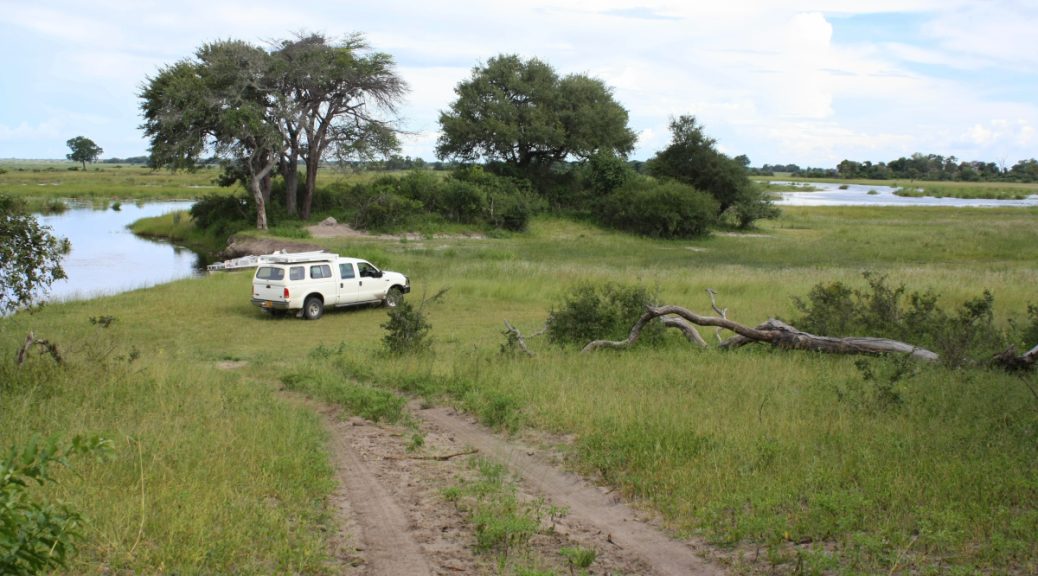Vast, varied and surprisingly accessible, the Kavango Zambezi (KAZA) area offers overlanders incomparable experiences.
The Kavango Zambezi Transfrontier Conservation Area (TFCA) gets its name from the Okavango and Zambezi river basins that lie at its heart. But KAZA as a whole encompasses landscapes across five countries: Angola, Botswana, Namibia, Zambia and Zimbabwe. What is magic about the TFCA is that you get to witness how these landscapes are interconnected.
The Okavango Delta’s sprawling waterways and the thundering Victoria Falls aren’t due to local rains. These magnificent scenes flow from rainfall in the Angolan and Zambian highlands. It takes the floodwaters from these areas about four months to reach the KAZA region. As the enormous volume of water spills across the landscape, it fills rivers and turns vast grasslands into wetlands. The landscape in the wet season is completely different to the dry season, meaning it’s worth visiting KAZA at least twice!
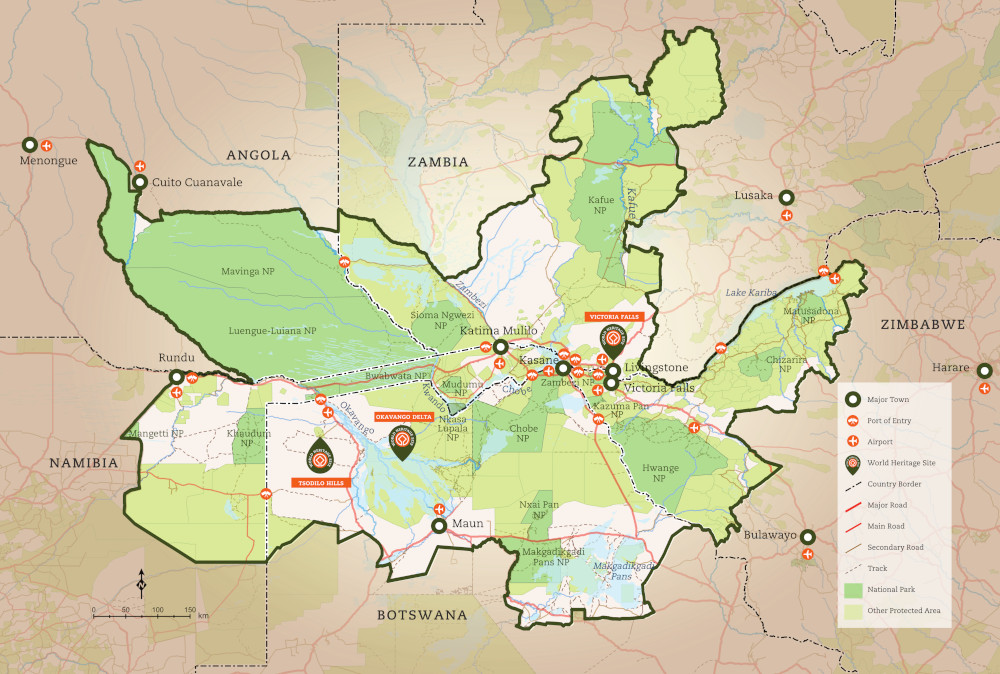
Game viewing in KAZA
For any nature enthusiast, KAZA presents an incredible opportunity for game viewing in 36 formally protected areas. It is a key conservation area for threatened species such as lion, cheetah and African wild dog (hosting about 25% of all painted dogs). That’s aside from the more than 600 bird species, 128 reptile species and 50 species of amphibians that call the TFCA home. Of course, when it comes to wildlife, KAZA is rightfully known for elephants. The region’s ellies represent more than half of the continent’s remaining savanna elephants.
The majority of visitors to KAZA come for one of two attractions. The first is Victoria Falls, a World Heritage Site and one of the World’s Seven Natural Wonders. The other is the Okavango Delta, also a World Heritage Site and a popular safari area. But KAZA has plenty more in store.
We round up some of the top destinations in KAZA for overlanders. (Also see our previous blog for off-the-beaten-track places to visit.)
Tsodilo Hills, Botswana
The third World Heritage Site within KAZA’s confines is the setting for over 4,000 rock art paintings. This has earned it the name Louvre of the desert. It is both a cultural destination and a geological marvel – Tsodilo is where you’ll find Botswana’s highest peak.
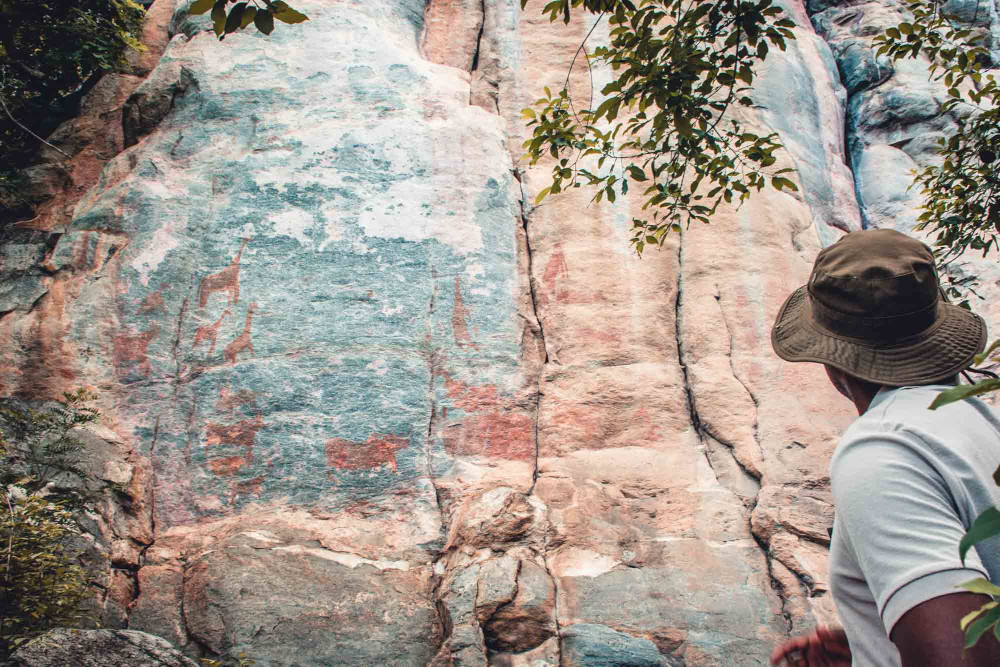
“Local guides – many of them of San descent – will wind you through the koppies on a more culturally inclined walking safari.” – Melanie van Zyl
Also read: Everything you need to know about Tsodilo Hills
Chobe National Park, Botswana
The country’s second largest national park is a hit with overlanders for its diversity of habitats. Look for game on the grasslands and floodplains, in the riverfront thickets and acacia forests, and amid the Savuti marshes.
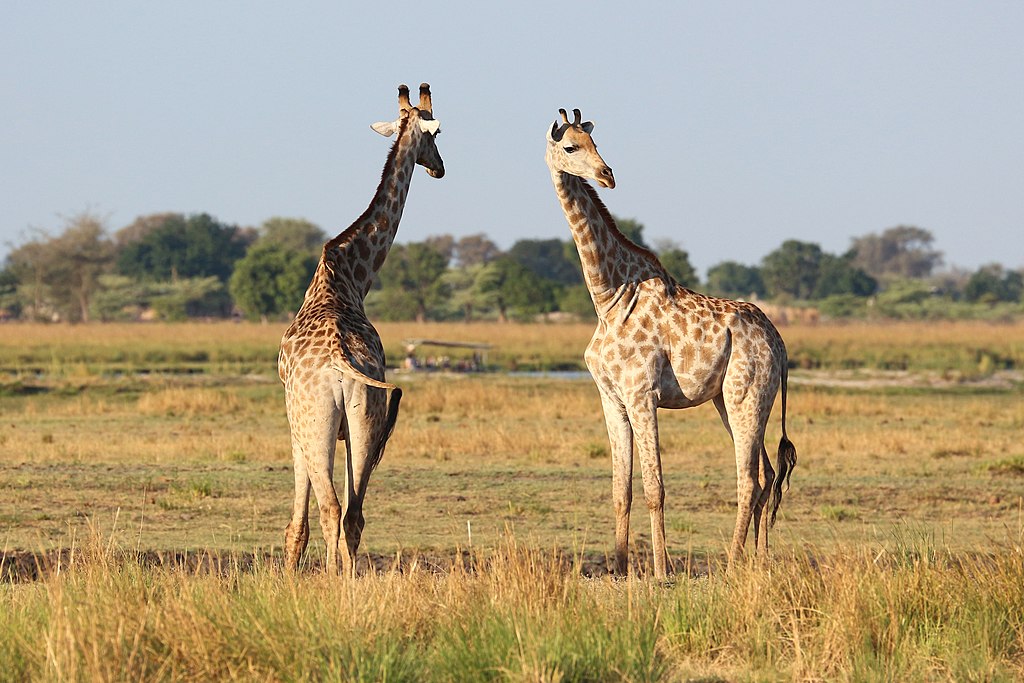
“The wonderful thing about Chobe is not only the many ways to experience the region: by water, land or sky. There are also diverse areas to explore and stay.” – Mark Bland
Also read: The classic Botswana experience
Makgadikgadi Pans, Botswana
Surely one of the most singular landscapes, these large salt pans cover an area of around 16,000km2. They are what remained after Lake Makgadikgadi started evaporating thousands of years ago. When the pans fill with water, flamingos and other migratory birds flock to them.
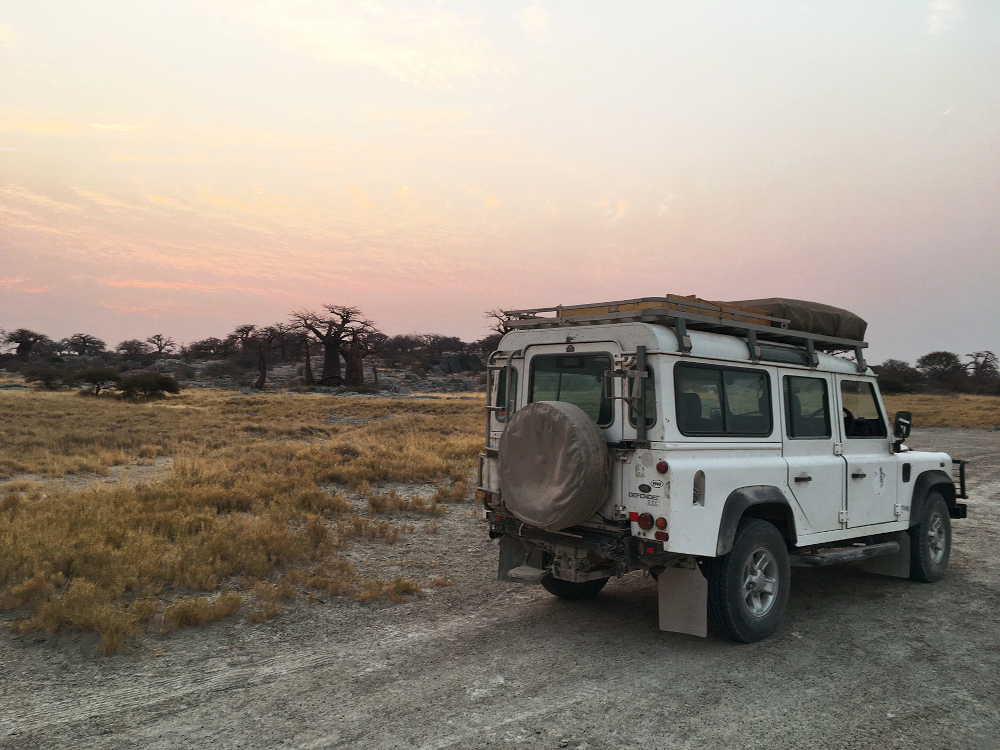
“This is a pristine wilderness: a place of peace, solitude and intense silence. A timeless place, it looks the same as it did thousands of years ago.” – Grahame McLeod
Also read: An expert’s guide to the Makgadikgadi Pans
Bwabwata National Park, Namibia
Although small, this park offers stunning game viewing, especially at the horseshoe where elephants gather to drink. The combination of bush and river is part of its appeal. It’s possible to go on fishing excursions and sunset cruises as well as admire Popa Falls.

“Camping in the heart of Bwabwata’s Kwando area is a must. There’s only one camp and it’s only accessible by 4×4.” – Lea Erasmus
Also read: Favourite camps in Namibia’s Zambezi region
Ngonye Falls, Zambia
Despite measuring only tens of metres high, Ngonye Falls (also known as Sioma Falls) rivals Mosi-oa-Tunya (Victoria Falls) when it comes to spectacle. The volume of water cascading down is close to what you see at the bigger falls, but the setting is more secluded. Lodges and campsites are in development to offer an alternative to the more famous falls.
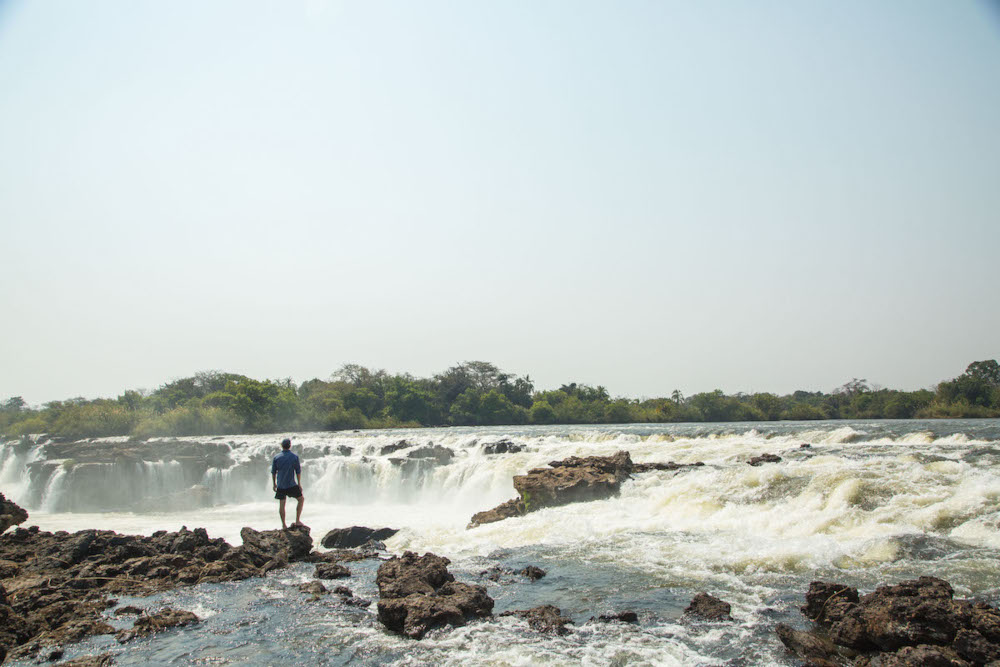
“In my opinion no less impressive than Victoria Falls, if not better, as you get to enjoy the falls and some of the white sandy beaches mostly to yourselves!” – Mark Bland
Also read: Tracing the Zambezi in southern Zambia
Chizarira National Park, Zimbabwe
Situated along the Zambezi Escarpment, Chizarira’s mountains and hills are the setting for rugged 4×4 tracks and magnificent hiking. At Mucheni View, it is possible to camp at the very edge of the gorge, looking out towards Lake Kariba.
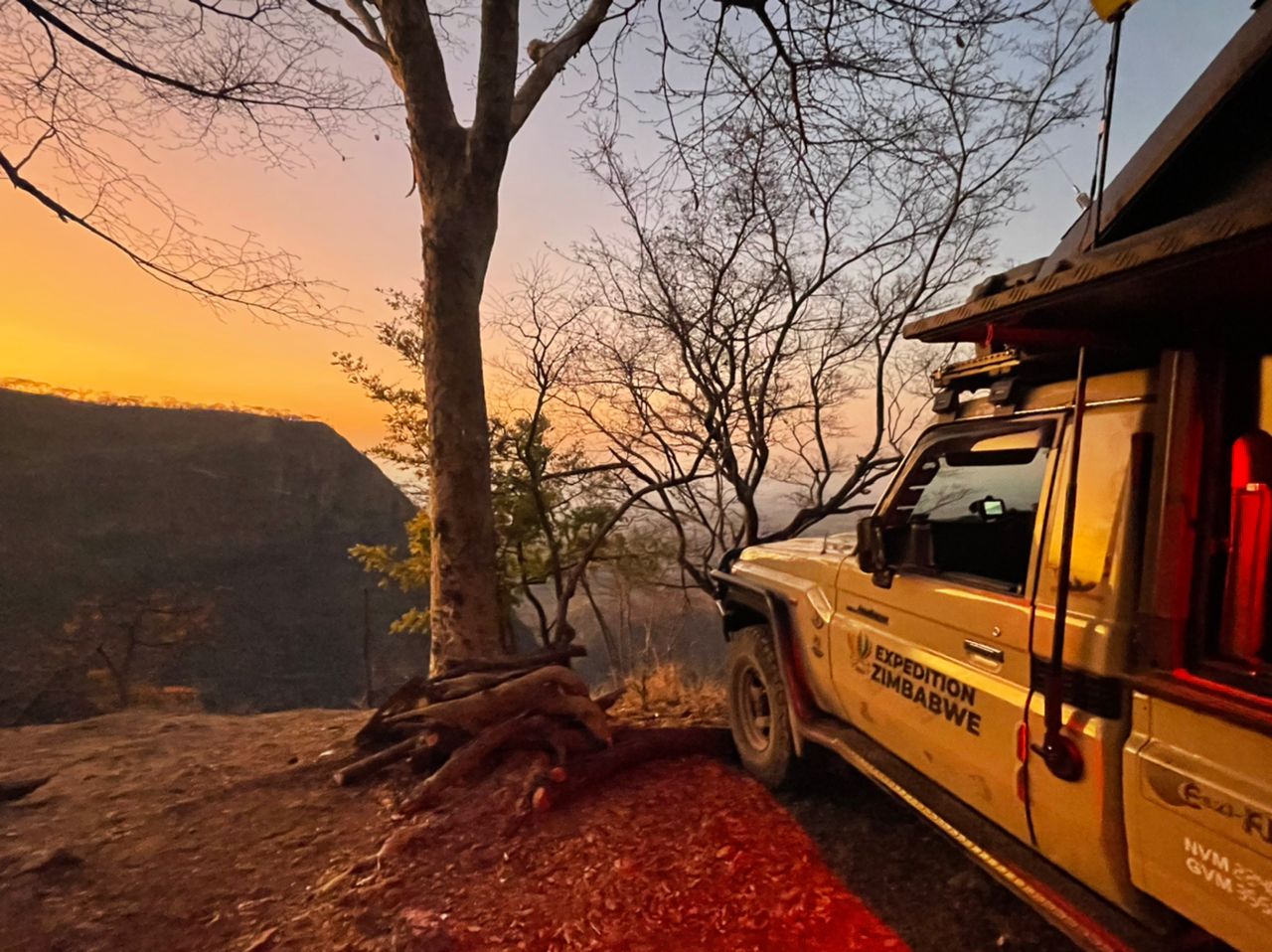
“We arrived to a late afternoon sunset and were greeted by a pair of black (Verreaux’s) eagles hovering beneath and then above us. An incredible sight to be eye level with these great birds of prey.” – Graeme Sharp, Buck O’Donoghue and Jo Craig
Also read: Expedition Zimbabwe trip report: Chizarira
Explore KAZA with the Tracks4Africa Kavango Zambezi Traveller’s Map. It indicates border posts along with their operating times and points of interest that are useful and appealing to overlanders. As is the case with all Tracks4Africa maps, the KAZA map displays distance as well as travel time. In addition to covering the entire TFCA, the map extends to major centres in the region such as Bulawayo, Harare, Lusaka and Windhoek.
Main image: Bwabwata National Park, picture by Karin Theron
